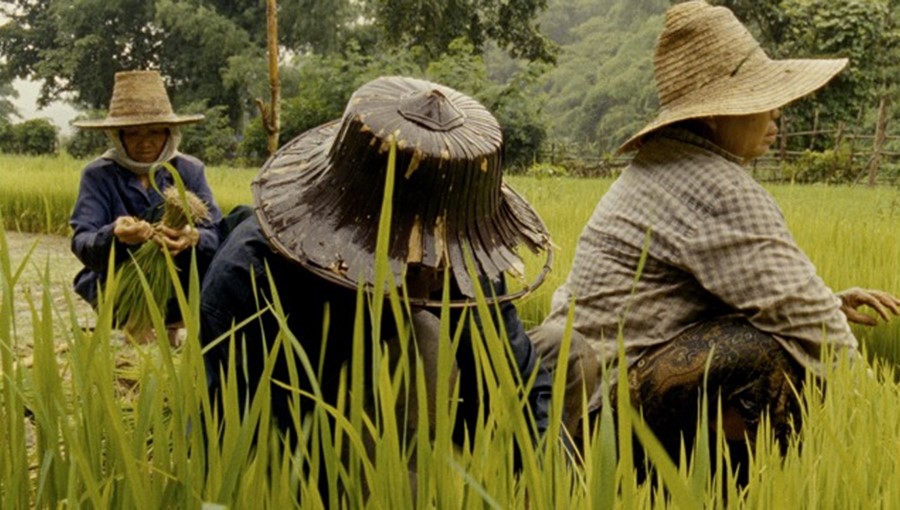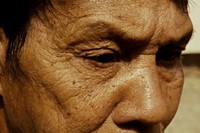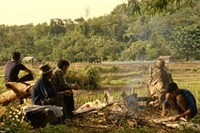Rirkrit Tiravanija’s work involves projects and discussions that nurture community and explore ways of living – with a core principle of “doing less”. In the late 90s, Rirkrit helped establish The Land Foundation...
Rirkrit Tiravanija’s work involves projects and discussions that nurture community and explore ways of living – with a core principle of “doing less”. In the late 90s, Rirkrit helped establish The Land Foundation: a piece of land, located near Chiang Mai in Thailand, cultivated as an open space with the intention to grow community, discussions and experimentation in other fields of thought. A mixture of local and international artists have contributed to The Land, including Philippe Parreno, Francois Roche and the Danish collective SUPERFLEX, whose Supergas uses animal dung to create biogas for cooking and lighting. Further engaging with the environment, a few weeks ago Rirkrit projected Andy Warhol’s Empire on an ancient tree as part of the Film on the Rocks Yao Noi film festival, curated by Tilda Swinton and Apichatpong Weerasethaku, and based around the natural world both in setting and content. Rirkrit’s latest endeavour is Lung Neaw visits his neighbours, a film which explores a world wildly foreign to the clattering commotion of our daily lives. AnOther chatted to Rirkrit about his thoughts on the film and the importance of sustainability in cultural happenings.
What propelled you to make this film?
I guess I was particularly drawn to Lung Neaw, I met him when he came to work on the construction of my house and I was really attracted to the spirit of the man..the film itself was very much an exploration of how he lives. We followed him around and discovered how he sustained himself, and I think for me it was really a way of existing which is very wholesome and very symbiotic – this way of living still works in this modern day. The film focuses on how he deals with his neighbors, his relationship to other people and also how the people of the village contribute and help each other. There is a scene in the film where Lung Neaw goes to the rice field and helps to plant the rice, this is an example of the very communal attitude that the people have, everyone goes to each others fields’ – this community really exists – to see it happening in front of you is very important.
Why did you become involved in the Land project?
I think with The Land, I was interested in the structure of how we exist or how we live, and when we started we wanted to work with the idea of living with what we have and being creative or inventive with very little. The Land itself has always been interested in a living condition which is I guess a certain kind of holistic approach to how we deal with things, we wanted to be in a place where we had to think about how we can be in this place and to find ways to do things with very little.
Is the work you create inherently sustainable?
I certainly think and hope my practise is sustainable. You know I have always spoken about doing less – in what I do I don’t make things unless I have to, and one could certainly see it as sustainable, or at least for myself it is very sustainable!
Text by Abby Schlageter
Abby Schlageter is a member of super/collider, a London-based collective which explores science and ecology through the creative industries.



